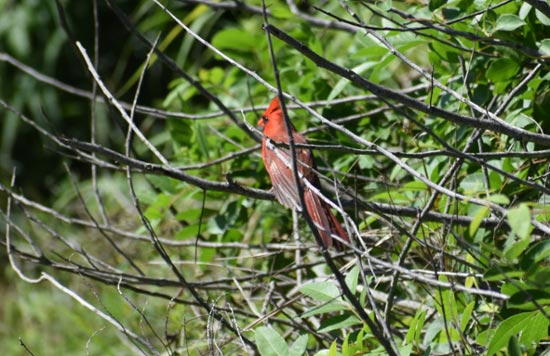Texas A&M University issued the following announcement on May 12
Look to the skies, tree branches, wetland areas and more for the multitude of feathered migrants using Galveston Island as a resting place on their long journeys to warmer winter locations.
Galveston is located within the Central Flyway Migration Corridor, a crucial landmass acting as a superhighway for migratory bird species, explains Katie St. Clair, Texas A&M University at Galveston Sea Life Facility Manager and birding enthusiast.
“The island provides important resting grounds for Neotropical migratory birds, which includes warblers, tanagers, vireos, thrushes, as well as many species of shorebirds and raptors,” St. Clair said.
Eastern Kingbird
Neotropical migratory birds breed in the northern United States and Canada during the summer and make the long journey to overwinter in the warmer climes of Mexico, Central and South America and the Caribbean.
“Texas A&M-Galveston has fantastic migratory stopover habitat including the surrounding wetlands and trees on campus that provide refuge and foraging opportunities for birds to rest and recover before continuing on their journey north,” she explained. “Especially exciting is when ‘fall-outs’ occur – where large numbers of migratory birds land due to inclement weather. Strong cold fronts force birds to land because they cannot fly against the headwinds and you will find birds in the trees, on the ground, even on the beaches trying to shelter, rest and forage.”
St. Clair said coastal woodland areas on the island, such as Corps Woods and Lafitte’s Cove are great places for birdwatching during the migration season.
“There is nothing more amazing than looking into a live oak and seeing it bustling with the activity, songs and colors of migratory songbirds.”
Original source can be found here.

Source: Texas A&M University





 Alerts Sign-up
Alerts Sign-up